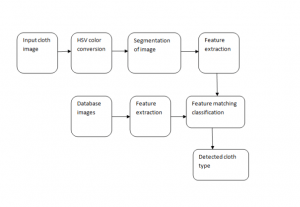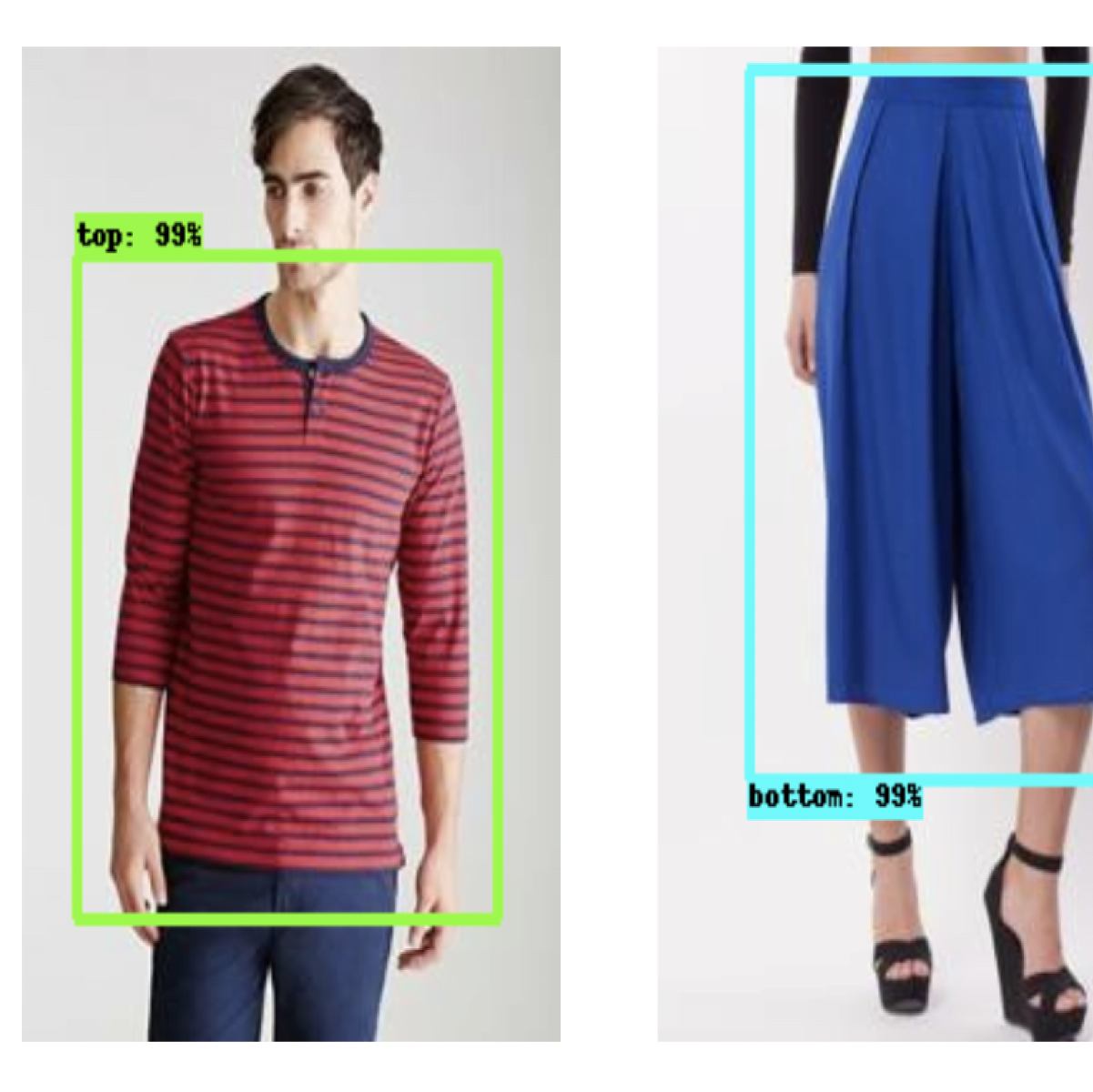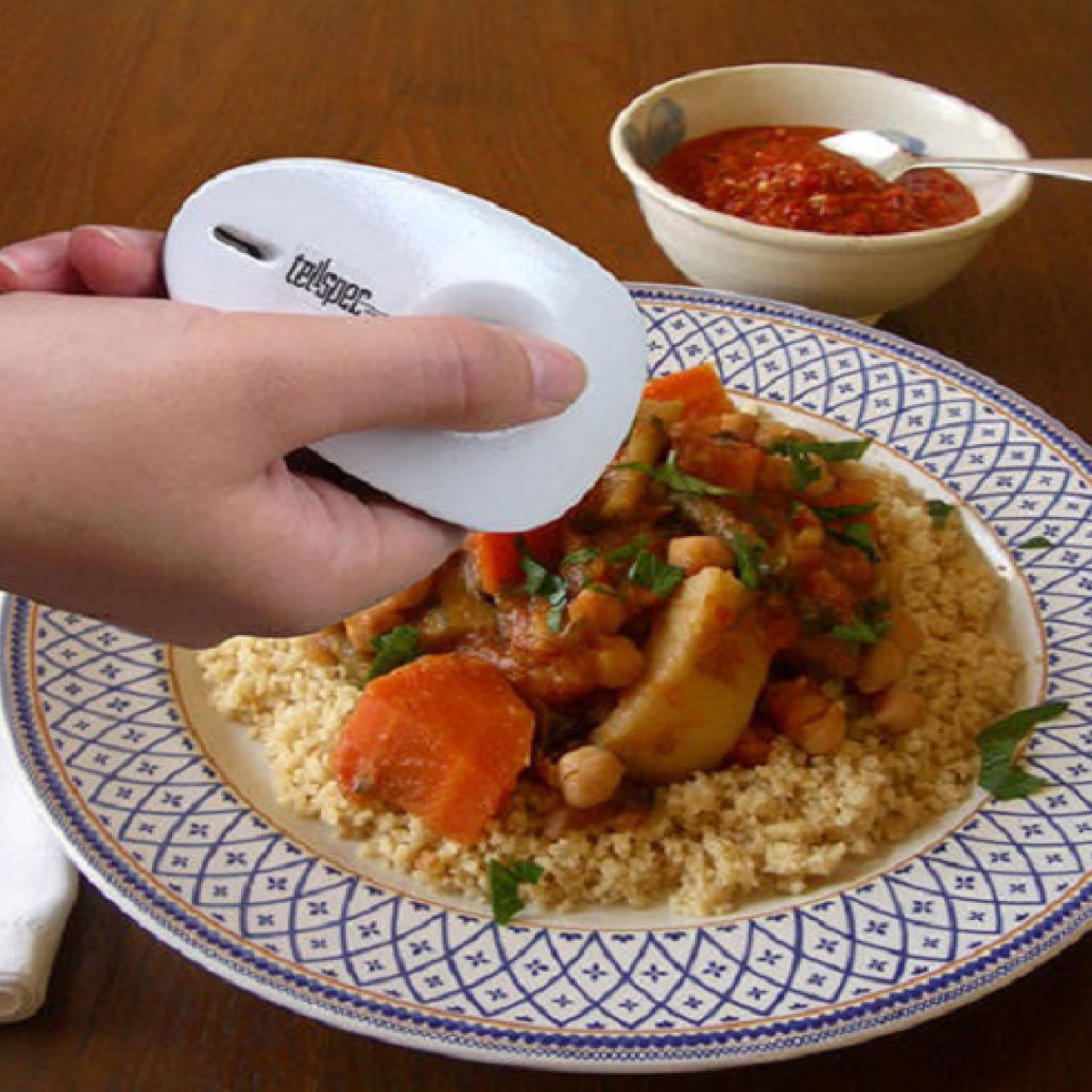Description
Cloth Type Detection using Segmentation and Classifier using Matlab
ABSTRACT:
Quality inspection is an important aspect of modern industrial manufacturing. In textile industry production, automate fabric inspection is important for maintaining fabric quality. For a long time, the fabric defects inspection process is still carried out with human visual inspection, and thus, insufficient and costly. Therefore, automatic fabric defect inspection is required to reduce the cost and time wasted caused by defects. The development of a fully automated web inspection system requires segmentation and classification of detection algorithms. The detection of local fabric defects is one of the most intriguing problems in computer vision. Texture analysis plays an important role in the automated visual inspection of texture images to detect their defects. Various approaches for fabric defect detection have been proposed in past and the purpose of this paper is to categorize and describe these algorithms. This paper attempts to present the survey on fabric defect detection techniques, with a comprehensive list of references to some recent.
INTRODUCTION:
Quality assurance of products is considered one of the most important focuses in industrial production. So is the textile industry too. Textile product quality is seriously degraded by defects. So, early and accurate fabric defect detection is an important phase of quality control. Manual inspection is time-consuming and the level of accuracy is not satisfactory enough to meet the present demand of the highly competitive international market. Hence, the expected quality cannot be maintained with manual inspection. Automated, i.e. computer vision-based fabric defect inspection system is the solution to the problems caused by manual inspection. Automated fabric defect inspection system has been attracting extensive attention from researchers from many countries for years. The high cost, along with other disadvantages of human visual inspection has led to the development of automated defect inspection systems that are capable of performing inspection tasks automatically. The global economic pressures have gradually led businesses to ask more of themselves in order to become more competitive. As a result, intelligent visual inspection systems to ensure high quality of products in production lines are in increasing demand of printed textures (e.g. printed fabrics, printed currency, wallpaper) require evaluation of color uniformity and consistency of printed patterns, in addition to any discrepancy in the background texture, but has attracted little attention of researchers. Human inspection is the traditional means to assure the quality of fabric. It helps instant correction of small defects, but a human error occurs due to fatigue and fine defects are often undetected. Therefore, automated inspection of fabric defects becomes a natural way to improve fabric quality and reduce labor costs.
System Analysis
EXISTING SYSTEM
- Automated defect detection and identification system enhances the product quality and results in improved productivity to meet both customer needs and to reduce the costs associated with off-quality. The inspection of real textile defects is particularly challenging due to the large number of textile defect classes, which are characterized by their vagueness and ambiguity classifies.
DISADVANTAGE
- Poor Edge detection.
- Less accuracy
- Time-consuming
PROPOSED SYSTEM:
- Here we find with the HSV conversion to find the texture and shape of cloth by processing we improve the quality by segmentation and reducing the noise and makes simple to find the color features in it and it classifies by the feature matching classification.
ADVANTAGES
- Different types of datasets can accept
- Classification accuracy is clear
Block Diagram

HARDWARE REQUIREMENTS
- system
- 4 GB of RAM
- 500 GB of Hard disk
SOFTWARE REQUIREMENTS
- MATLAB 2018b
REFERENCES:
[1] M. Mizuochi, A. Kanzaki, and T. Harada, “Clothing Retrieval Based on Local Similarity with Multiple Images,” presented at the Proceedings of the ACM International Conference on Multimedia, Orlando, Florida, USA, 2014.
[2] S. O’Hara and B. A. Draper, “Introduction to the Bag of Features Paradigm for Image Classification and Retrieval,” Computing Research Repository (CoRR), 2011.
[3] A. Nodari, M. Ghiringhelli, A. Zamberletti, M. Vanetti, S. Albertini, and I. Gallo, “A mobile visual search application for content-based image retrieval in the fashion domain,” in Content-Based Multimedia Indexing (CBMI), 2012 10th International Workshop on, 2012, pp. 1-6.
[4] G. A. Cushion and M. S. Nixon, “Mobile visual clothing search,” in Multimedia and Expo Workshops (ICMEW), 2013 IEEE International Conference on, 2013, pp. 1-6.
[5] S. Miura, T. Yamasaki, and K. Aizawa, “SNAPPER: Fashion Coordinate Image Retrieval System,” in Signal-Image Technology & Internet-Based Systems (SITIS), 2013 International Conference on, 2013, pp. 784-789.



































































































































































































































































































































































































































































































































































































































































































































































































































































































































































































































































Customer Reviews
There are no reviews yet.